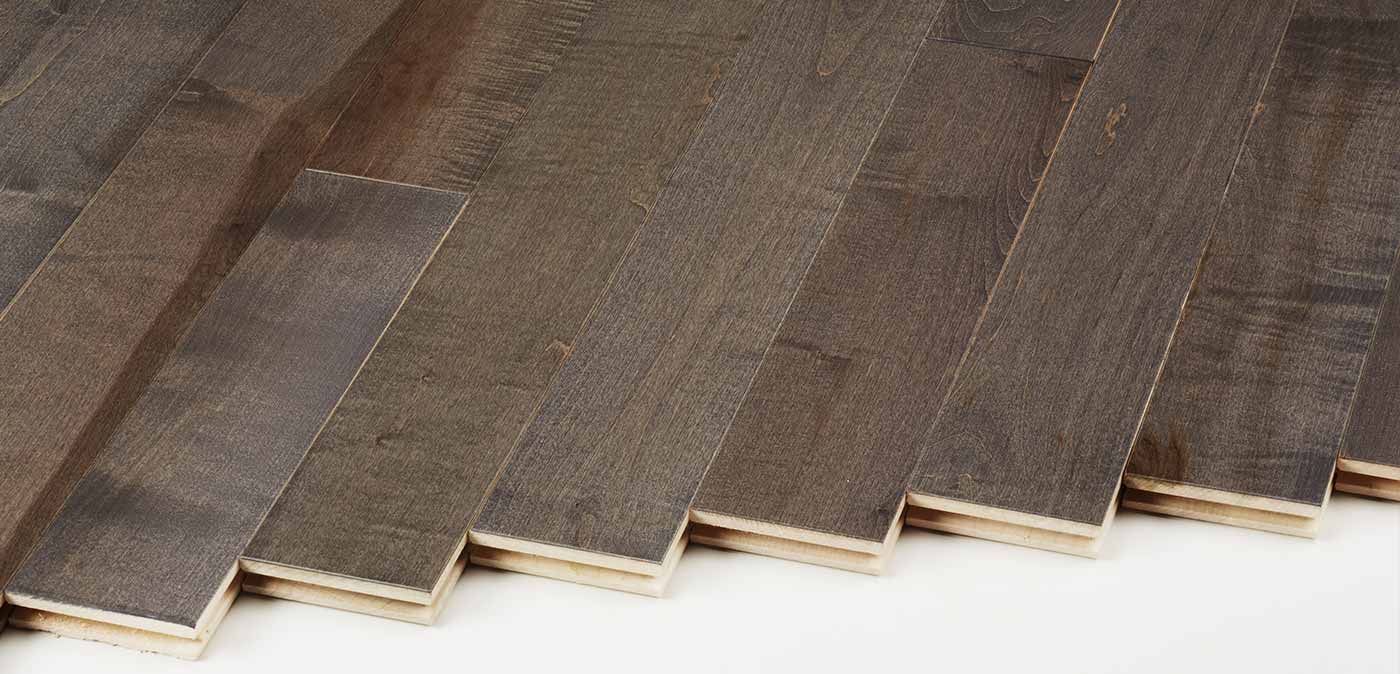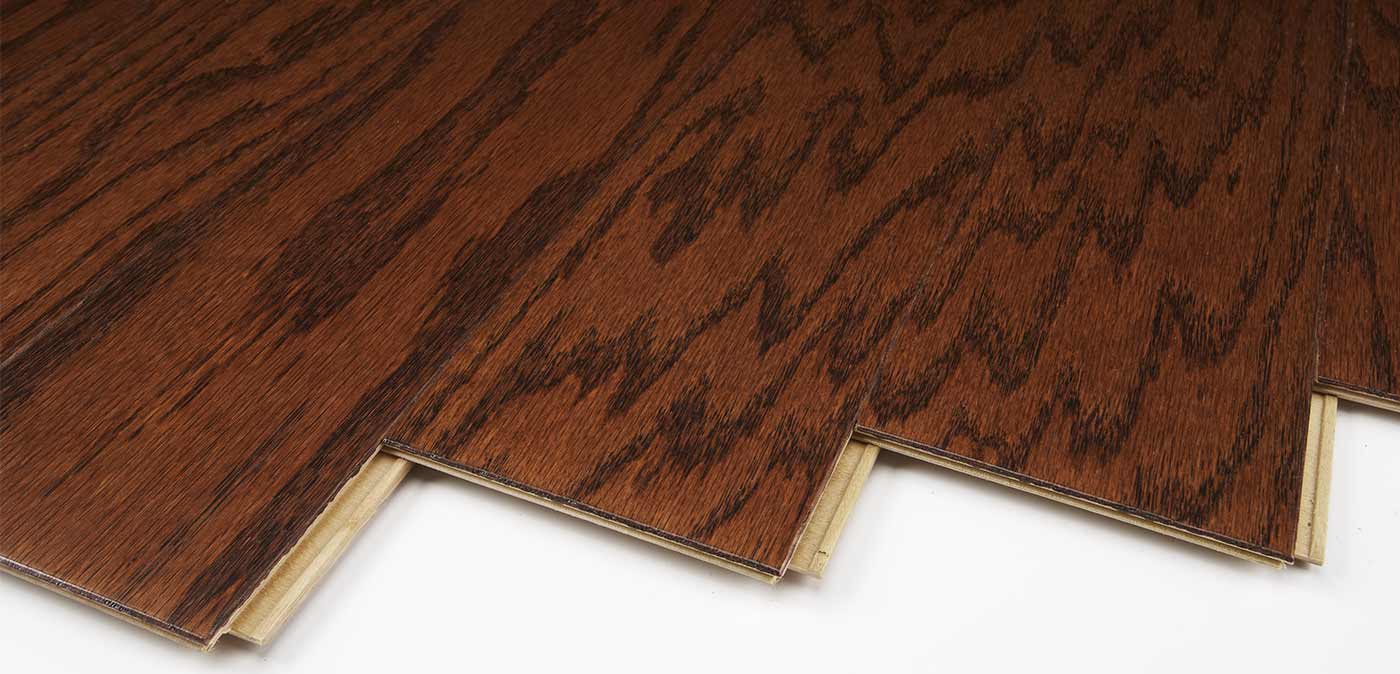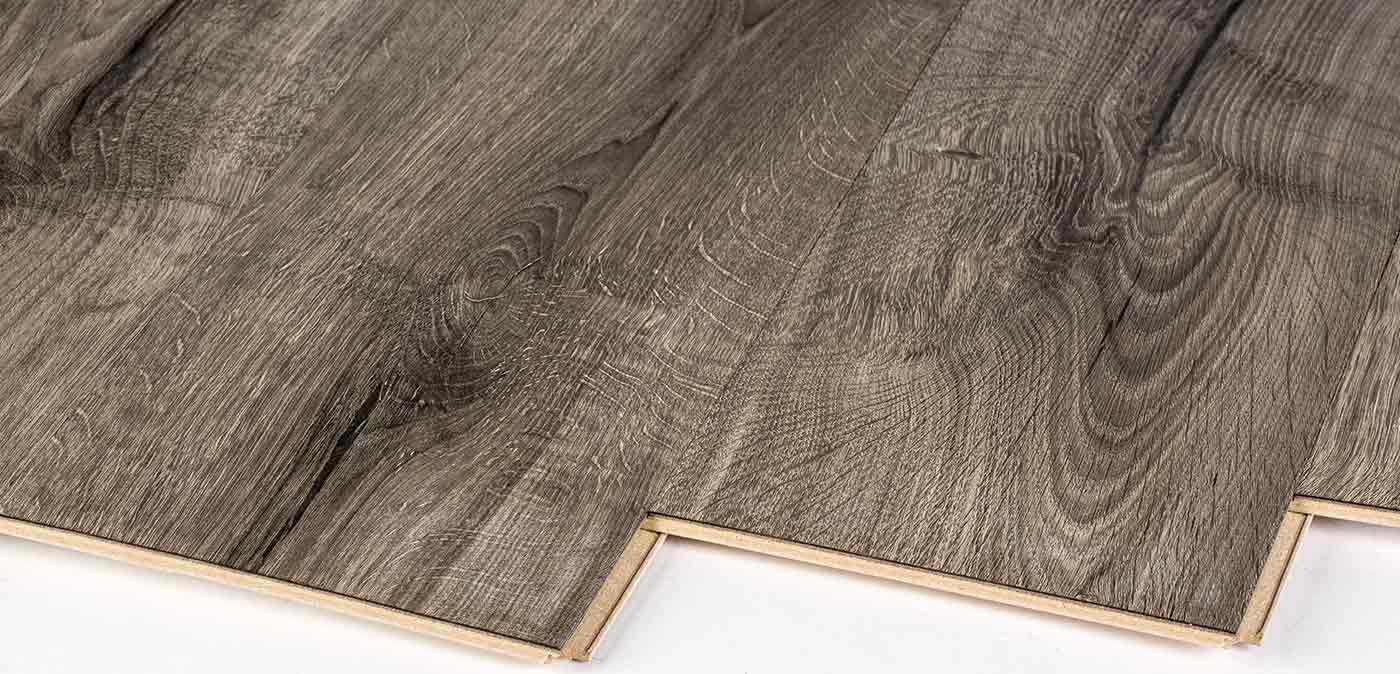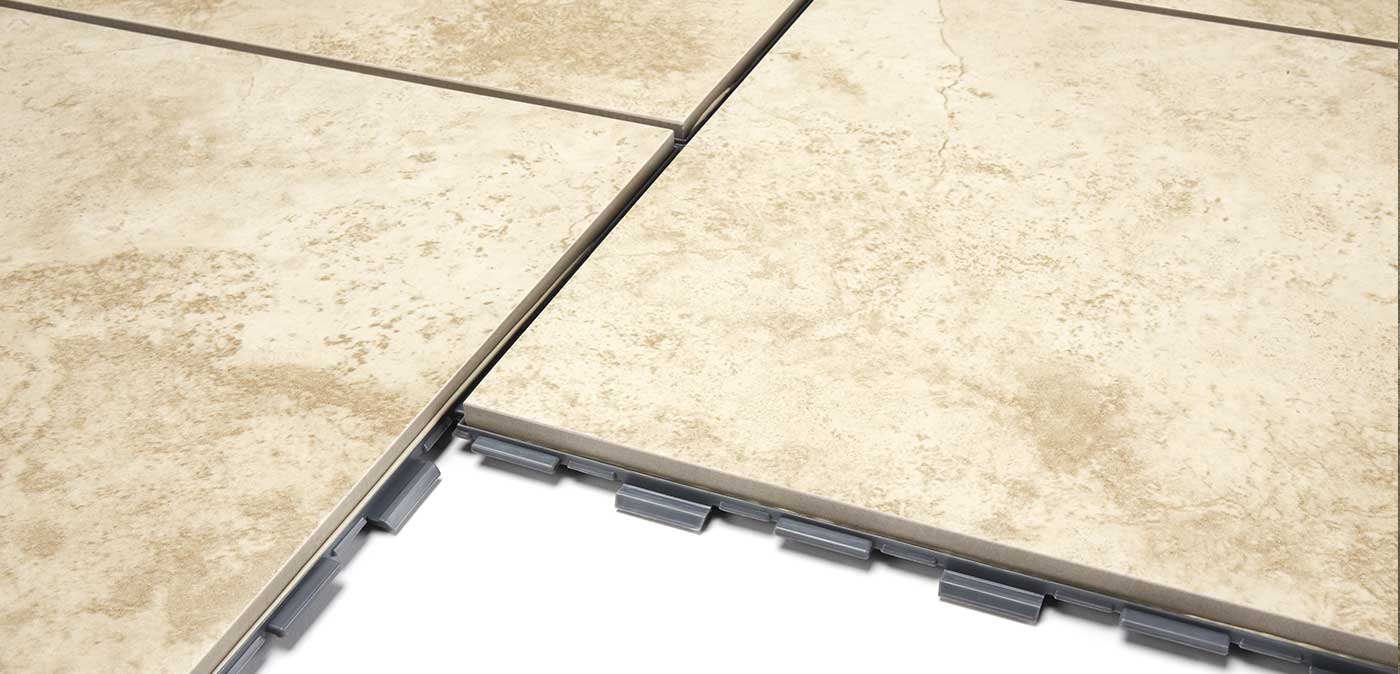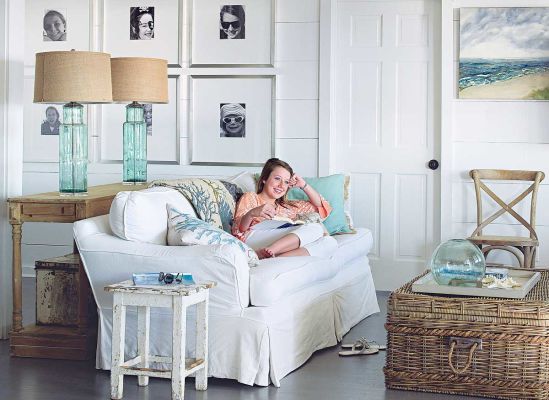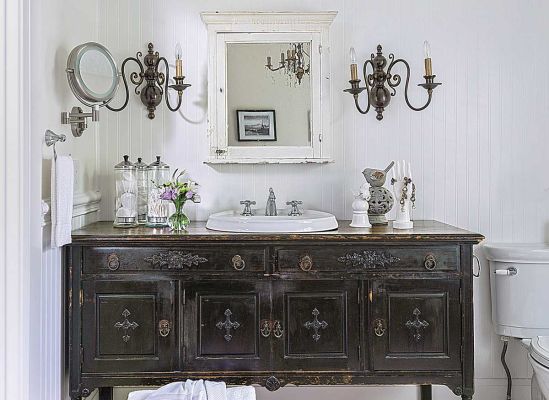“Soon the weather will be cooling off and you’ll want to have a fire in the fireplace. But you haven’t used it in 6 to 8 months. Do you know what to check before you start using it again? Check out this article and you’ll be ready!”
Denise Buck & Ed Johnson – DC Metro Realty Team
Original posted by American Home Shield
Is Your Fireplace Ready for Fall?
Is your fireplace ready for fall and winter weather? Before temperatures drop, learn what to do to prepare it, regardless of what type of fireplace you have.

Unless you live in a state where spring and summer temperatures can be frigid, chances are your fireplace is not getting the attention it needs right now. You may have dusted the pictures on your mantle, cleaned the brick facing or even spruced up your fireplace with a clean, modern design. But let’s face it – during the warm months, it’s easy to forget about your home’s hearth.
Once temperatures begin to drop, however, the best way to use a fireplace is to let it get back to doing what it does best. And that’s warming your rooms, creating a cozy environment and providing toasty indoor comfort on a wintry night.
Whether you have a gas or wood-burning unit, the following fireplace tips and tricks can help you make sure your fireplace is ready to go well in advance of the change in seasons.
Preparing your fireplace for use
Proper fireplace maintenance is always essential. Keeping your chimneys clean and clear – including the flues, smoke chambers, dampers and vents – is the best way to ensure your fireplace is ready for immediate use once the first cold snap hits.
The National Fire Protection Association recommends all homeowners have professional chimney cleaning done annually and before you light the first fire of the season. If you live in a cold climate or use your fireplace more often than average, noted home maintenance experts recommend a good cleaning after every 60 to 80 fires.
Professional chimney cleaners will also perform the kind of detailed inspection that you may not have the time or tools to do on your own. Their work helps keep your fireplace chimney free of buildup or debris that can impair its most critical functions – channeling smoke, carbon monoxide and airborne ash away from your home.
Wood-burning fireplace tips
A traditional wood-burning fireplace can be one of your home’s most attractive features. If you live in an older home, several wood-burning fireplaces may even be scattered throughout, warming and adding ambiance to different rooms.
While traditional fireplaces are generally safe, they also carry certain risks if not maintained properly. Before lighting the first fire of the season, be sure to check your fireplace for the following conditions.
- Creosote buildup. Creosote is a toxic and highly flammable byproduct of burning wood that should be cleared if it is discovered in your chimney. If it ignites, the ensuing fire may quickly get out of control. Exposure to smoke from a creosote fire is also dangerous and can be harmful to your lungs and other organs.
- Cracks or loose bricks. Hire a masonry professional to ensure your fireplace and chimney repairs are completed properly. Your mason can recommend brick and mortar materials designed to withstand extreme heat.
- A missing or damaged chimney cap. If your chimney cap is not present or in good working condition, it may not prevent stray embers from igniting your home’s roof. The cap also deters birds from building a nest in the chimney and keeps out other animals and debris. If you have a multi-story house or your roof line is steep, check for the cap with binoculars and let the professionals climb up on the roof to replace it if needed.
- Trees blocking the chimney. To keep tree branches and new growth from blocking the chimney and sending smoke back into your living room or bedroom, trim trees back as far as possible.
Gas fireplace tips
A gas-burning fireplace is simpler to use and maintain than its wood-burning counterpart but also requires annual inspection and attention — especially if it has sat idle for some time. The Chimney Safety Institute of America reports that gas fireplace vent issues are common. These issues can prove deadly if they are not addressed. Carbon monoxide can enter the home when fireplace vents are blocked or do not operate as expected.
If you notice any of the following signs, your gas fireplace may not be venting properly.
- Dampness inside the home, specifically on walls (peeling wallpaper, paint blisters, etc.). Blocked vents can cause water vapor to condense inside the cooler flue.
- Stains on the outside of the chimney, especially if they are white.
- Erosion around mortar joints or crumbling bricks.
If you suspect a vent issue, don’t use your fireplace until it can be inspected by a professional. Visual evidence of a problem could be a signal that carbon monoxide is building up inside the house, so take action quickly.
How to heat your home with a fireplace
Some homeowners like the look, feel and sound of a fire, but view their fireplaces as more ornamental than functional. Other homeowners may rely on fireplaces for winter warmth and comfort. The best way to use a fireplace is mostly a matter of personal preference. If heating your home with a fireplace (or several) is a high priority, here are a few more fireplace tips and tricks to consider.
- Make sure the flue damper is in good shape. If the damper doesn’t seal well, your home can lose a tremendous amount of heat, even when the fireplace isn’t in use.
- Install a tempered glass door at the front of the firebox instead of using a movable screen as a barrier. Closing the doors will seal off the fireplace, keeping the warm air inside your home from being drafted back up through the chimney.
- For wood-burning fireplaces, clean the inside of the firebox occasionally to remove sooty buildup and prime the area for additional fires. Doing so will ensure that accumulated ash and debris do not limit the amount of space left for new logs inside the firebox, allowing you to build bigger fires at colder times of the year. It can also help keep piled dry ash from drifting when the fire is out, staining your floors or carpets.
Not that you made the proper preparations, you should be ready to enjoy your fireplace. You should also be ready to read up on the other great pieces of advice available here on the “Home Matters” blog, such as how to build the perfect fire and how to give your fireplace an autumn makeover.

